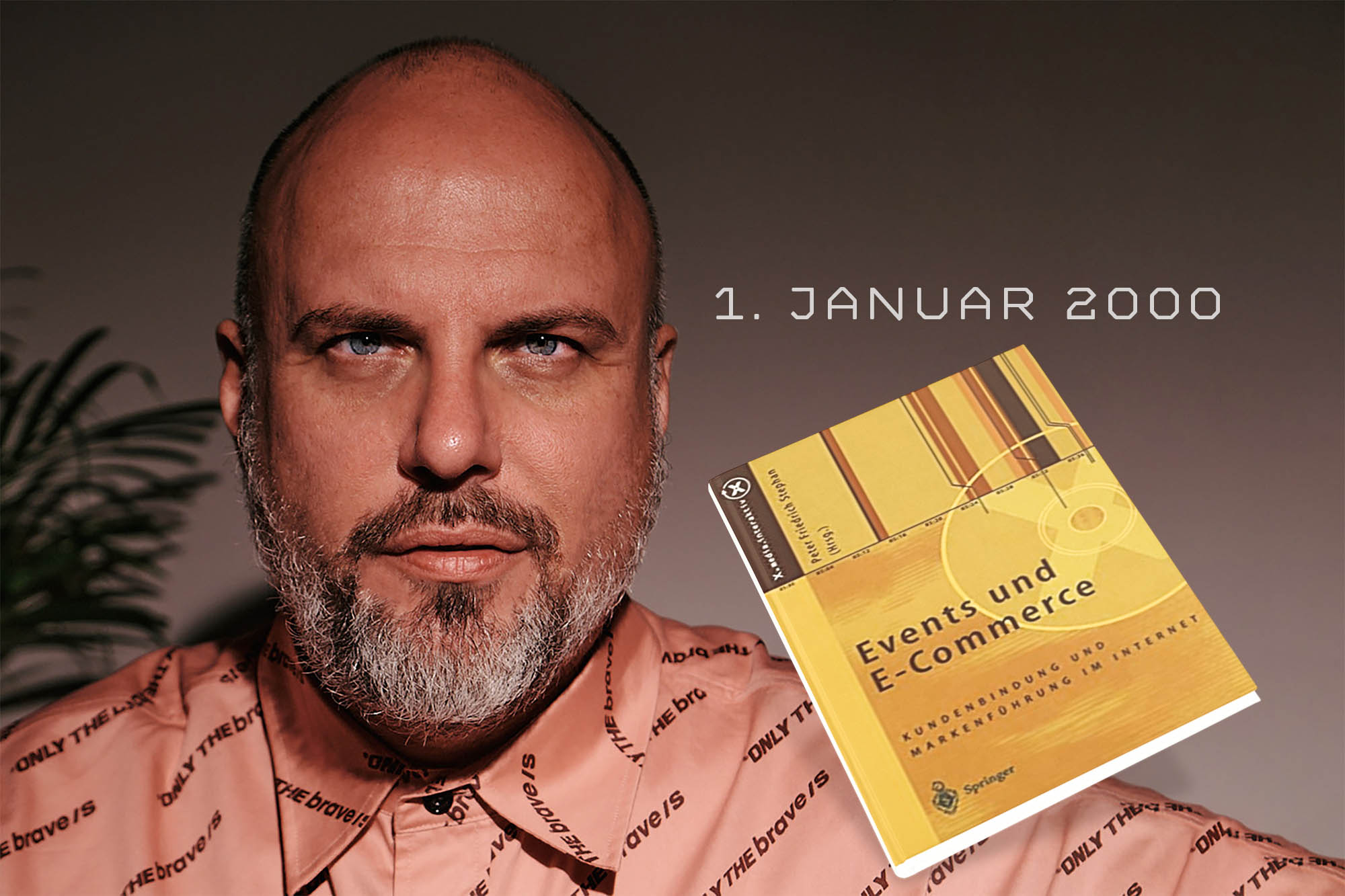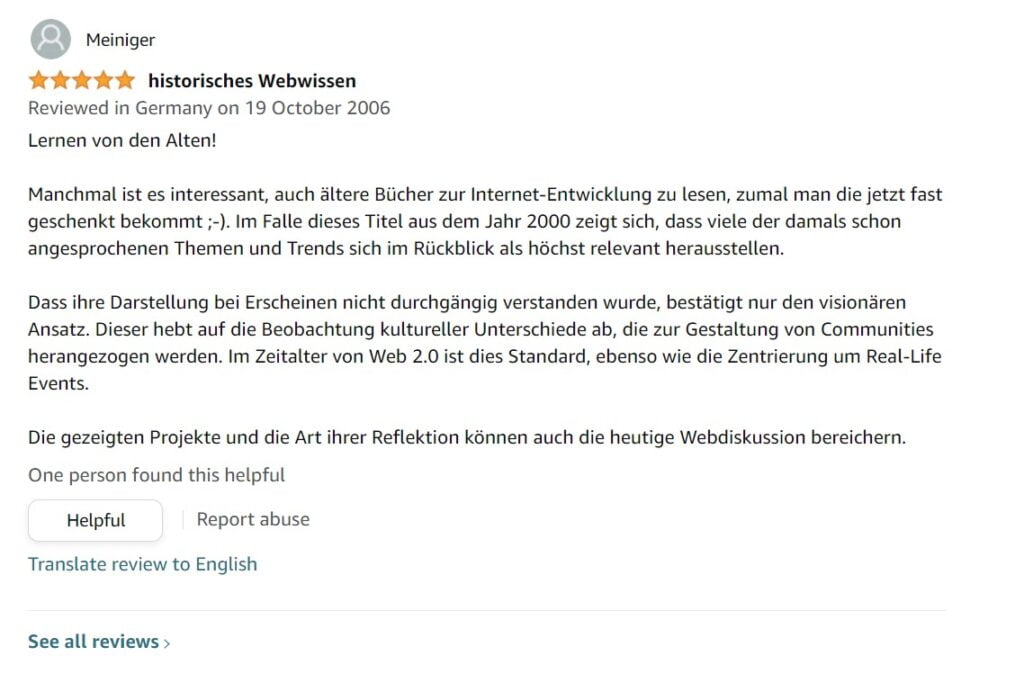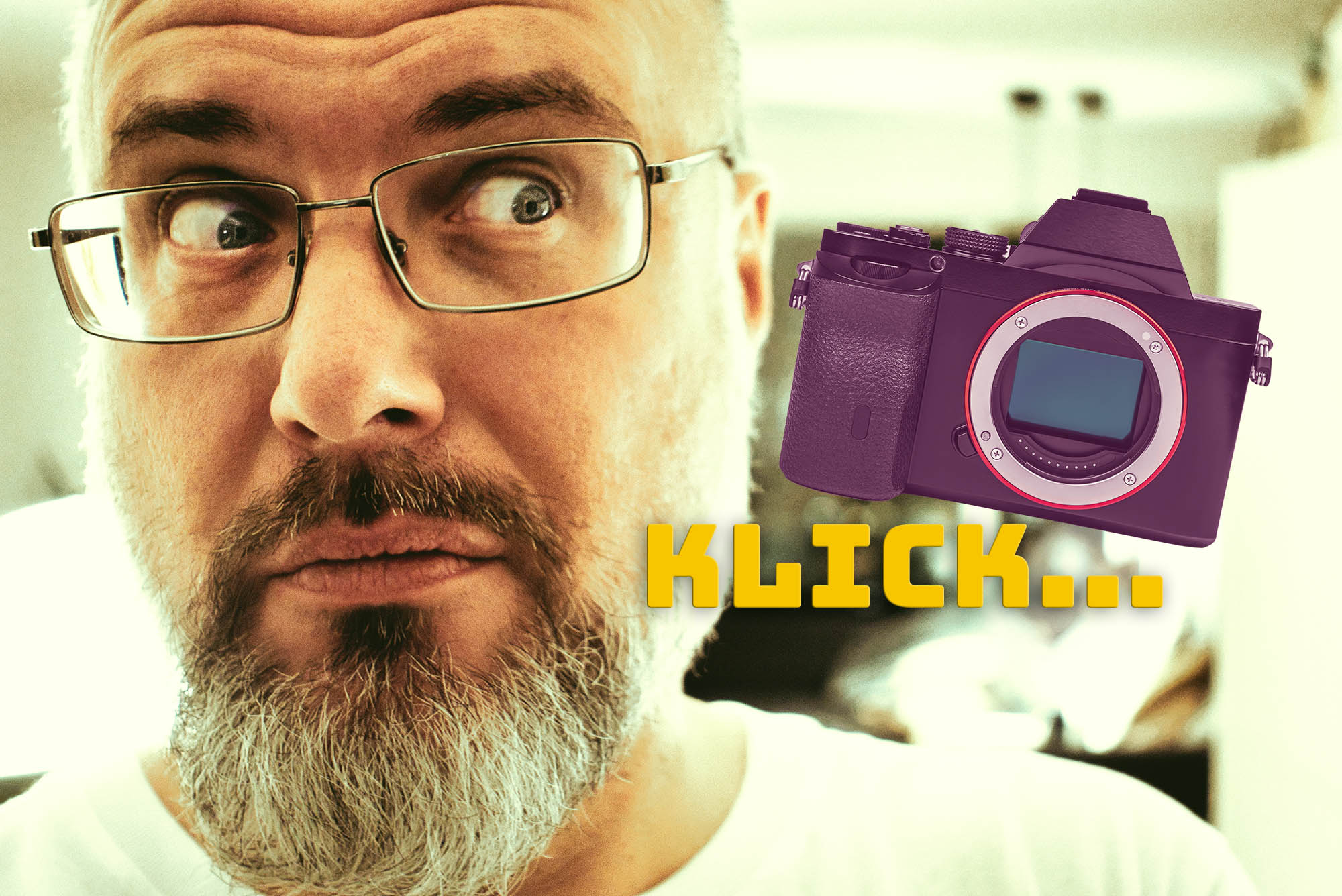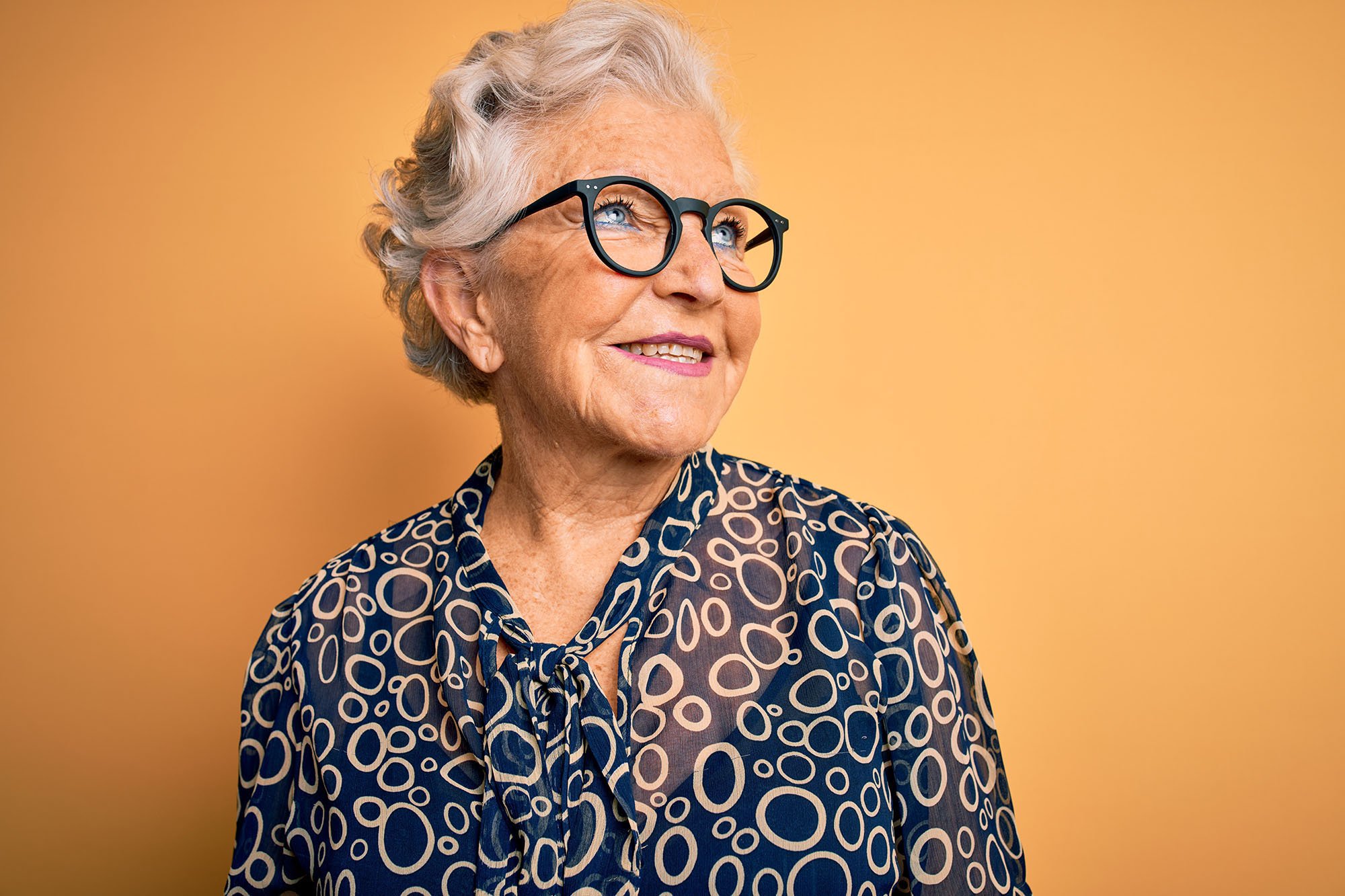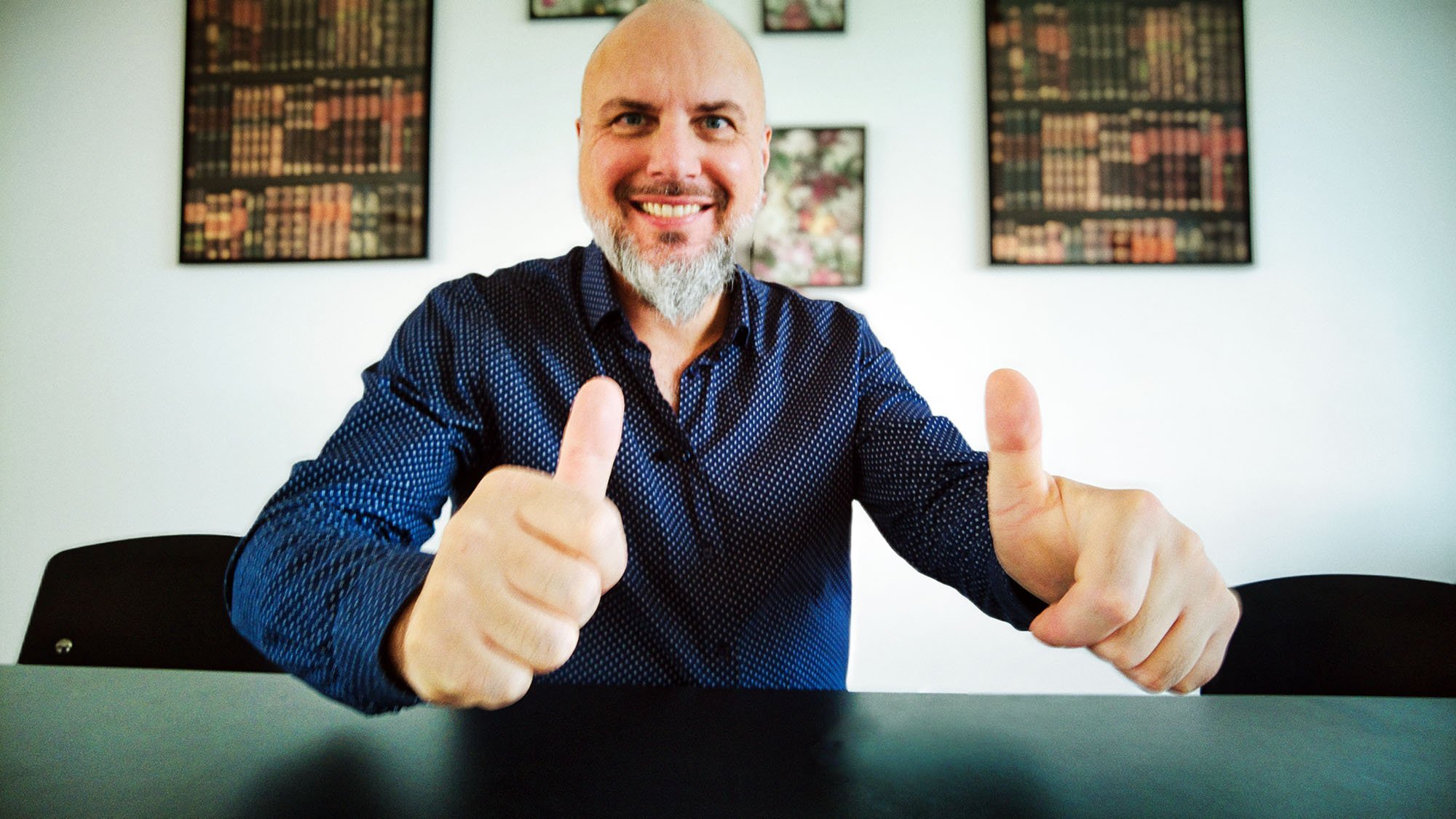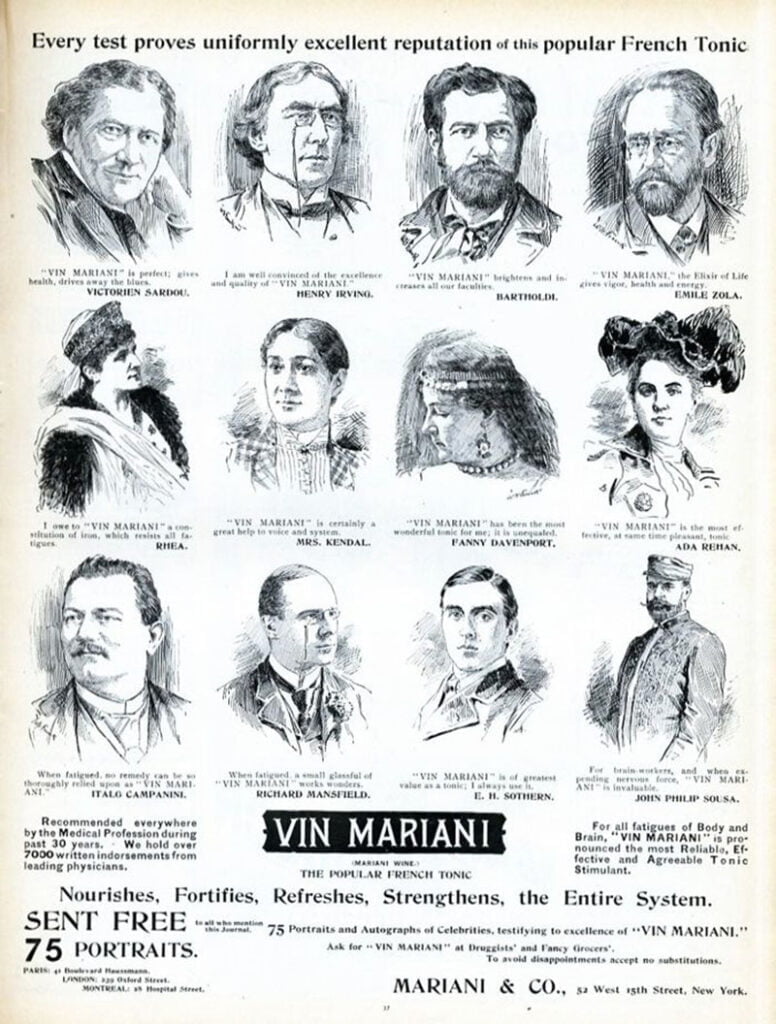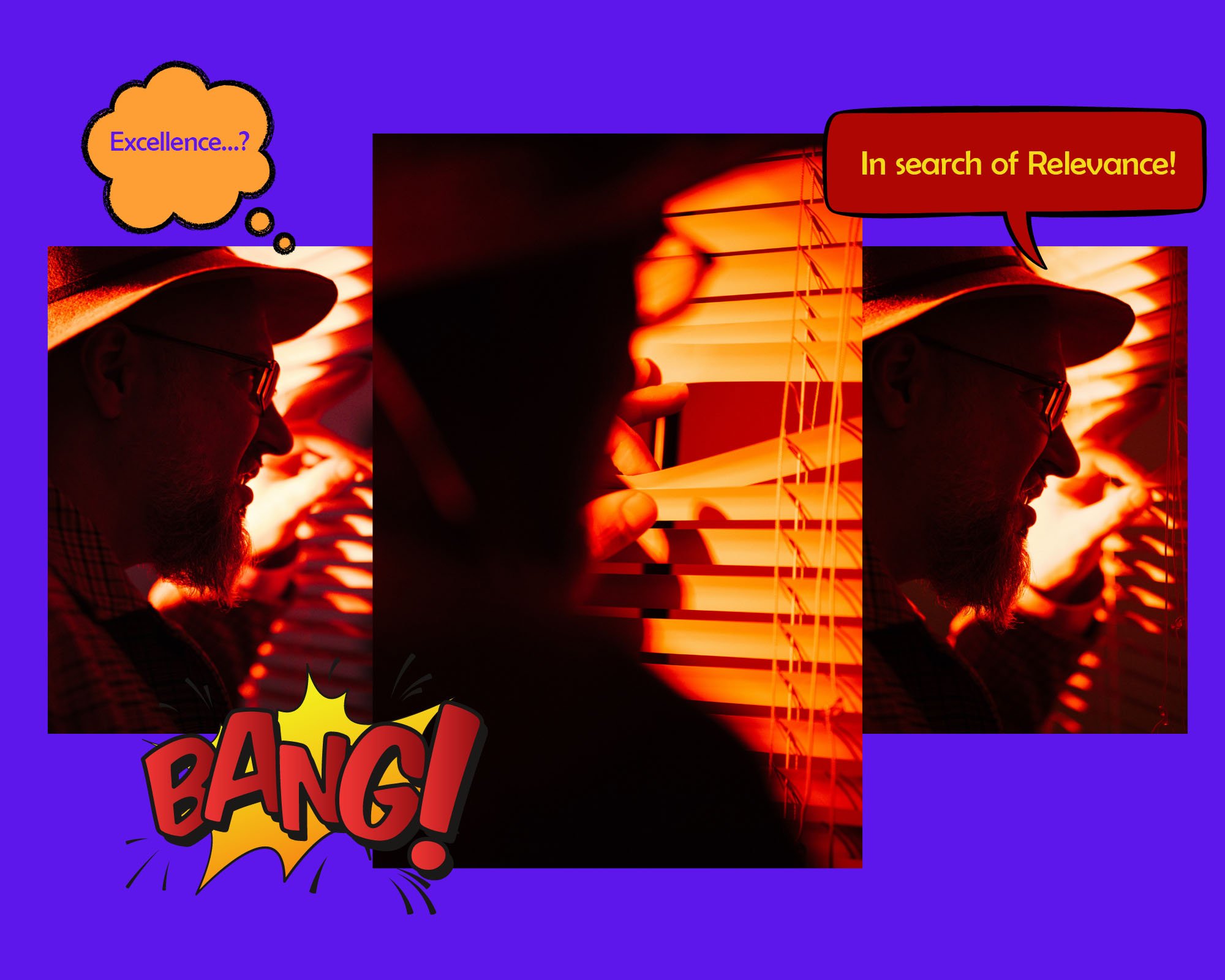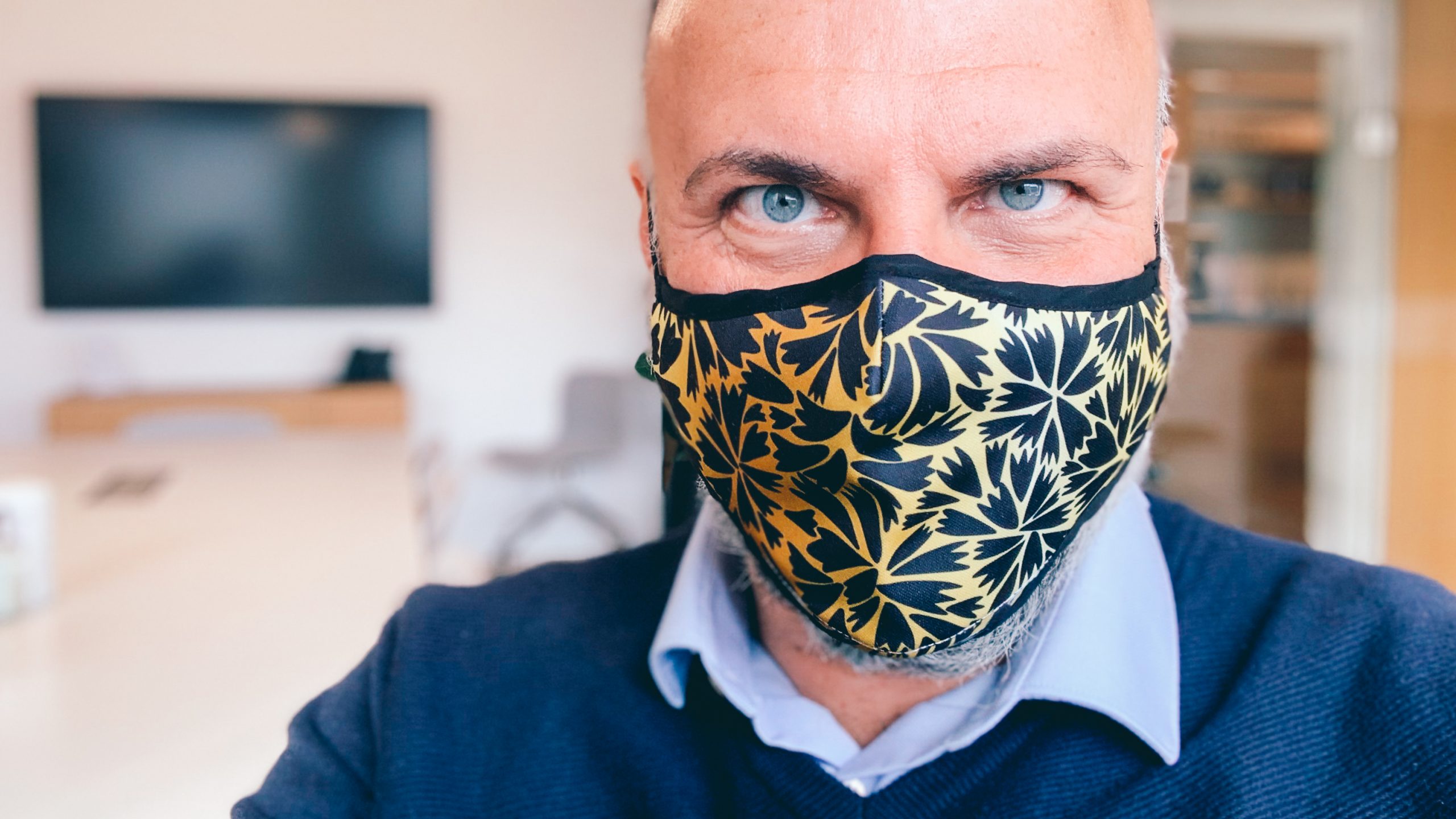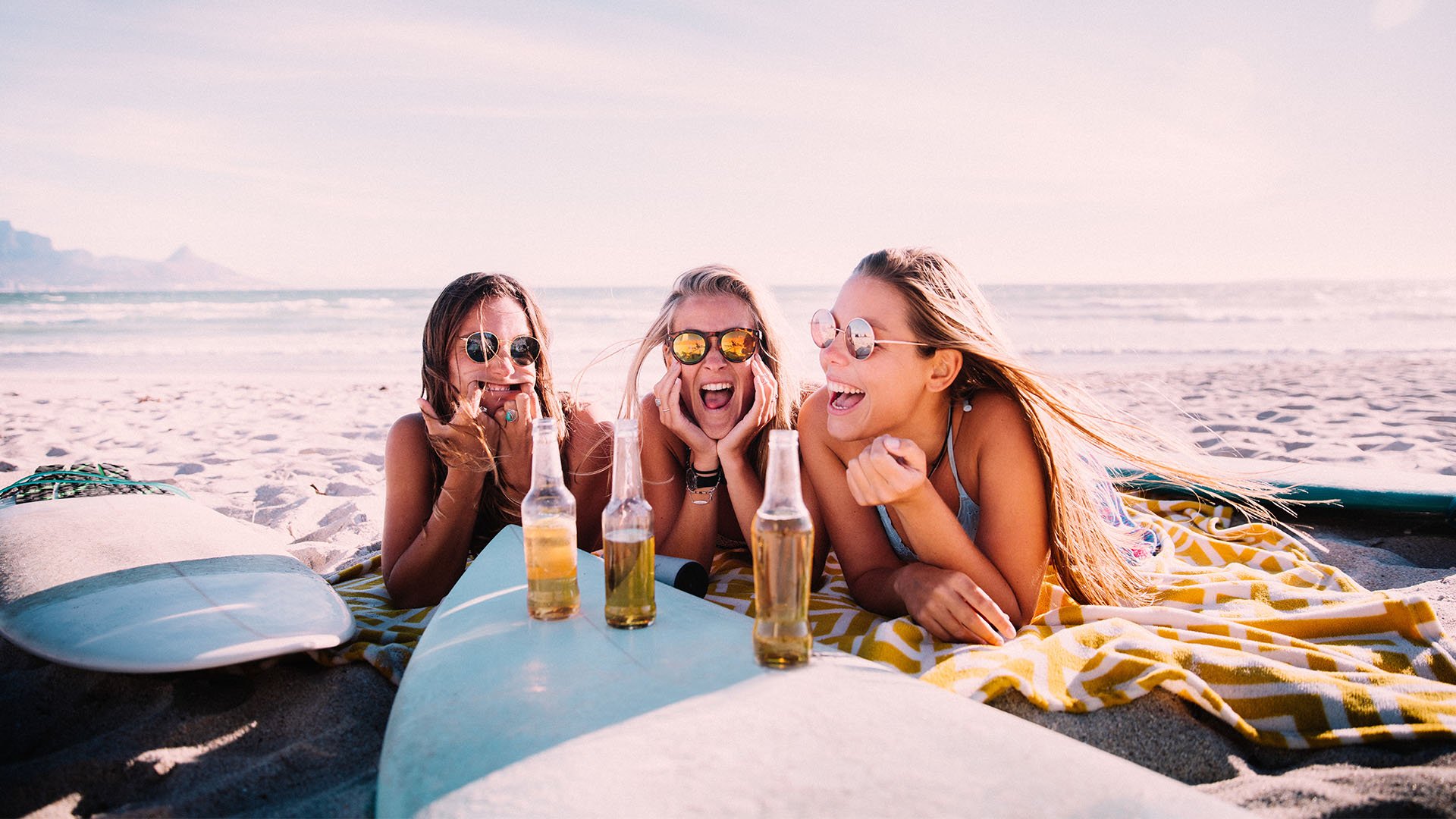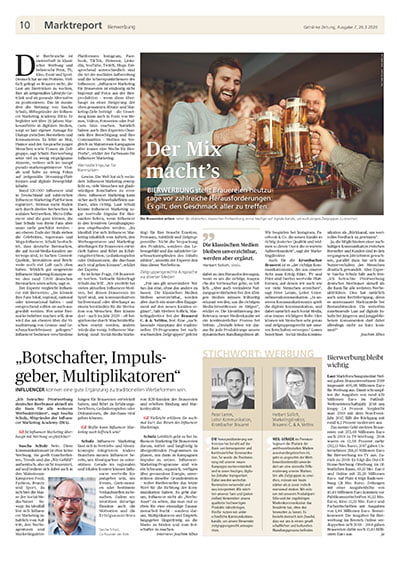The world is changing – it always has been. Horses were followed by tractors, kingdoms by democracies. Today, that means digital transformation. Agility. Network organization. Total flexibility. Only through lifelong learning can baby boomers and retro-millennials meet these new challenges and keep up professionally in the future, they say. That too – old hat.
So what’s new? The philosophical-sounding question of whether real adults should use continuing education for training or retraining!
The right model or the most beautiful modeling?
In animal films, bears, lions and whales age with dignity. They see the light of day, learn from mom, take care of offspring a few times – always satisfy their hunger, fend off attackers. Disruption in this world does not come from within the pack or because birds of prey learn new techniques in online courses; at most, it comes from humans.
Now, humans have not been animals for many millions of years and are always inquisitive. But are they learning the right things to live better – or are they just learning to fill their heads with details and take work away from others instead of creating new ones?
So I asked myself: do dinosaurs have a higher chance of survival with all the details about SEO, online advertising and graphic design – or in project management? Or is there an in-between
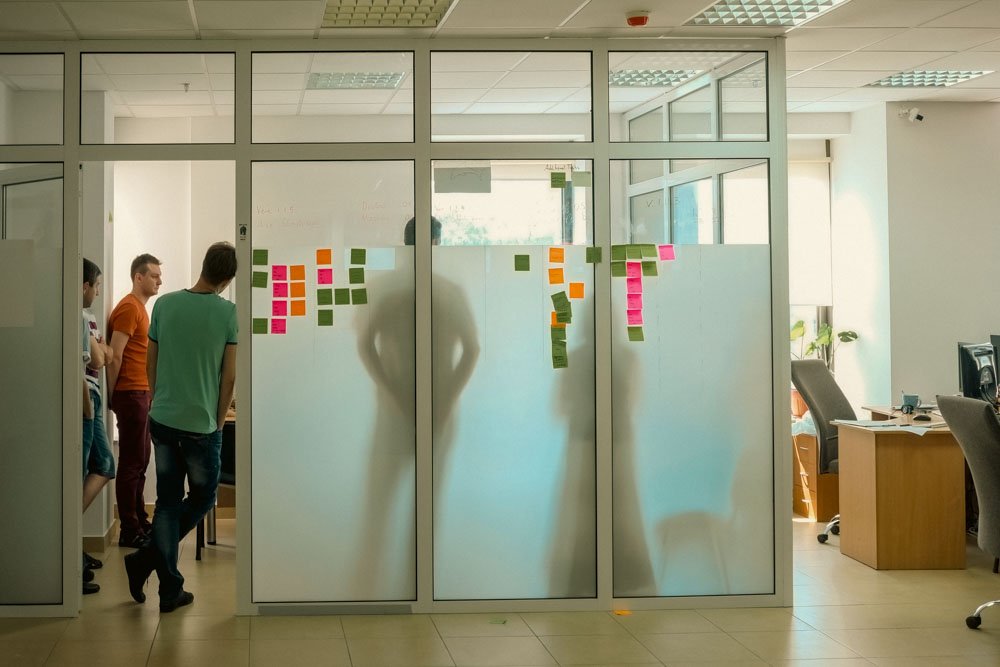
Value creation in a generational context better not compete with AI
To anticipate the answer right away: I don’t know for sure yet, because I still feel too young. But I have a hunch! Innovation also needs progress in the mind. But aren’t those who have Web 1.0, 2.0 and 3.0 in their DNA always at an advantage when it comes to digital topics? So what’s so special about older adults? Experience!
We will see a huge evolutionary leap in artificial intelligence by 2050. Routine tasks such as the boring (and superfluous) driving of a car, the evaluation of e-mail content, but also the creation of forecasts are increasingly being taken away from us by supercomputers.
So people who do not want to maneuver themselves into the sidelines need:
- a craft that cannot be executed in its individuality and quality by AI and robotics
- Leadership and decision-making authority that stands above the machine possible
Craft skills speak for the trade (unfortunately, there are too few retraining programs for office workers to become makers who deliver tangible results). In-depth knowledge of the organization of projects speaks for leadership dynamics.
Continuing education with a horizon combines the best of both worlds
My appeal to curriculum developers and the heads of leading adult education institutions is: think more about Scrum, Asana, Clickup and the rich treasure of experience that mankind has acquired with megaprojects over the past centuries, in addition to Google, Meta and Co. Success starts with understanding and being able to articulate what you want to achieve. Goals, risks, resources. Impact is only sustainable if it is traceable: analysis, continuous improvement, analysis…
We need to learn that as we age, we are challenged more as leaders. This is true in our own private environment, in our lives. But also in our world as freelancers, as team players or corporate leaders. Project management is a universal tool that distinguishes Trial & Error from Sustainability.

